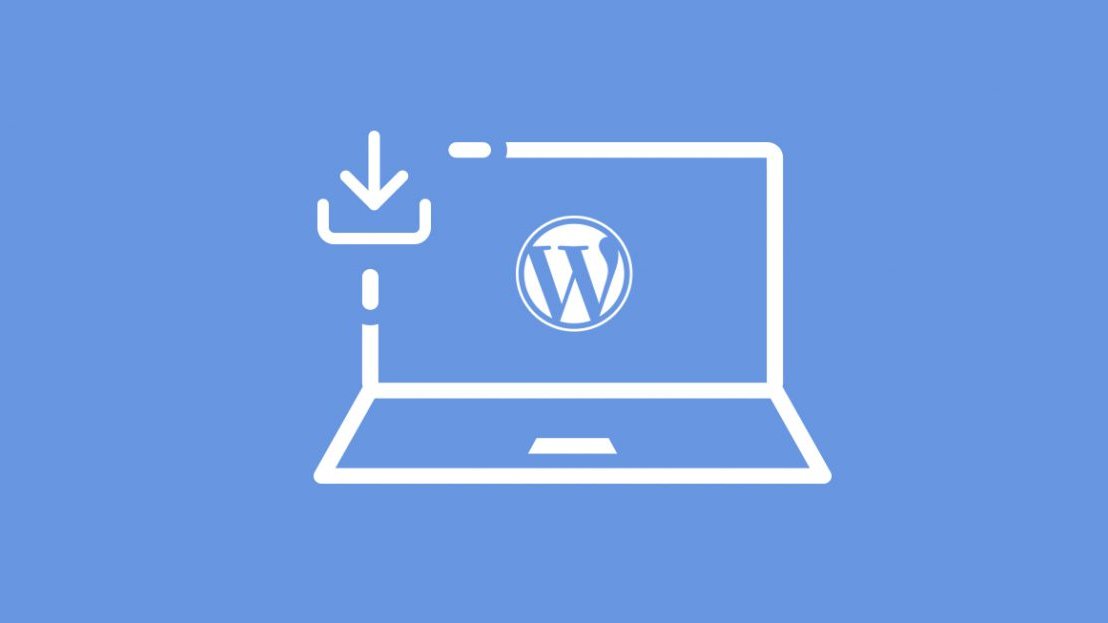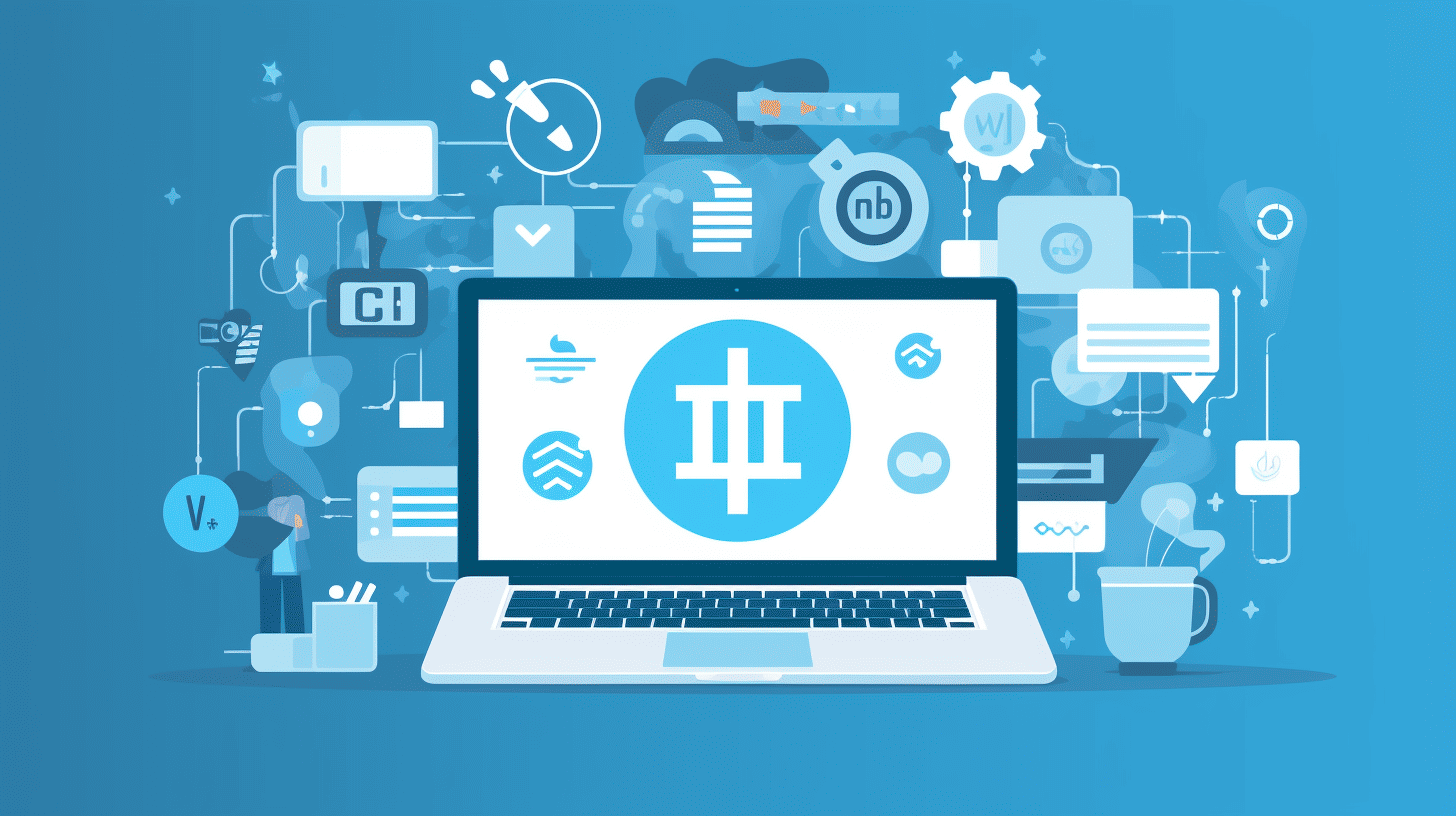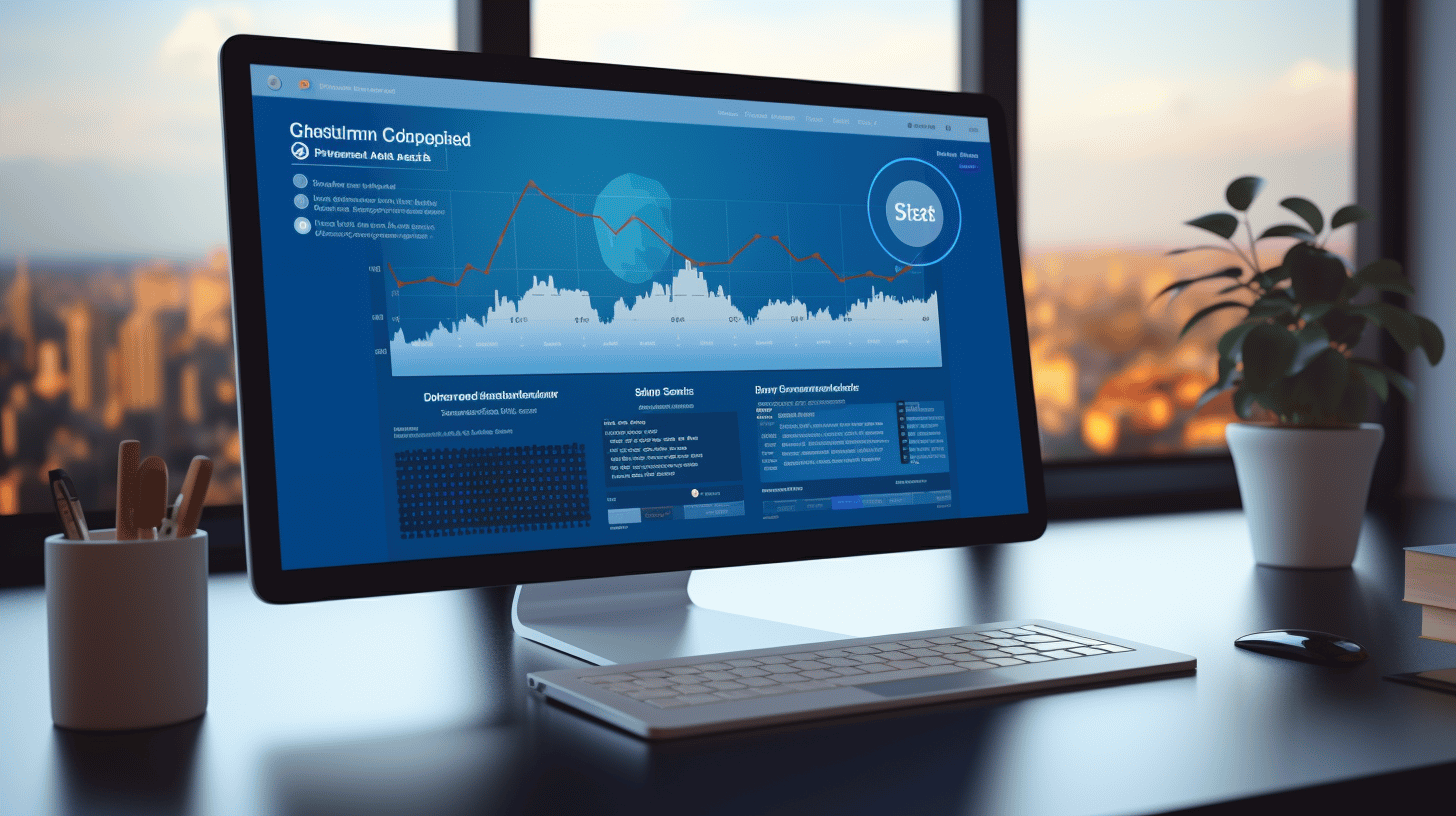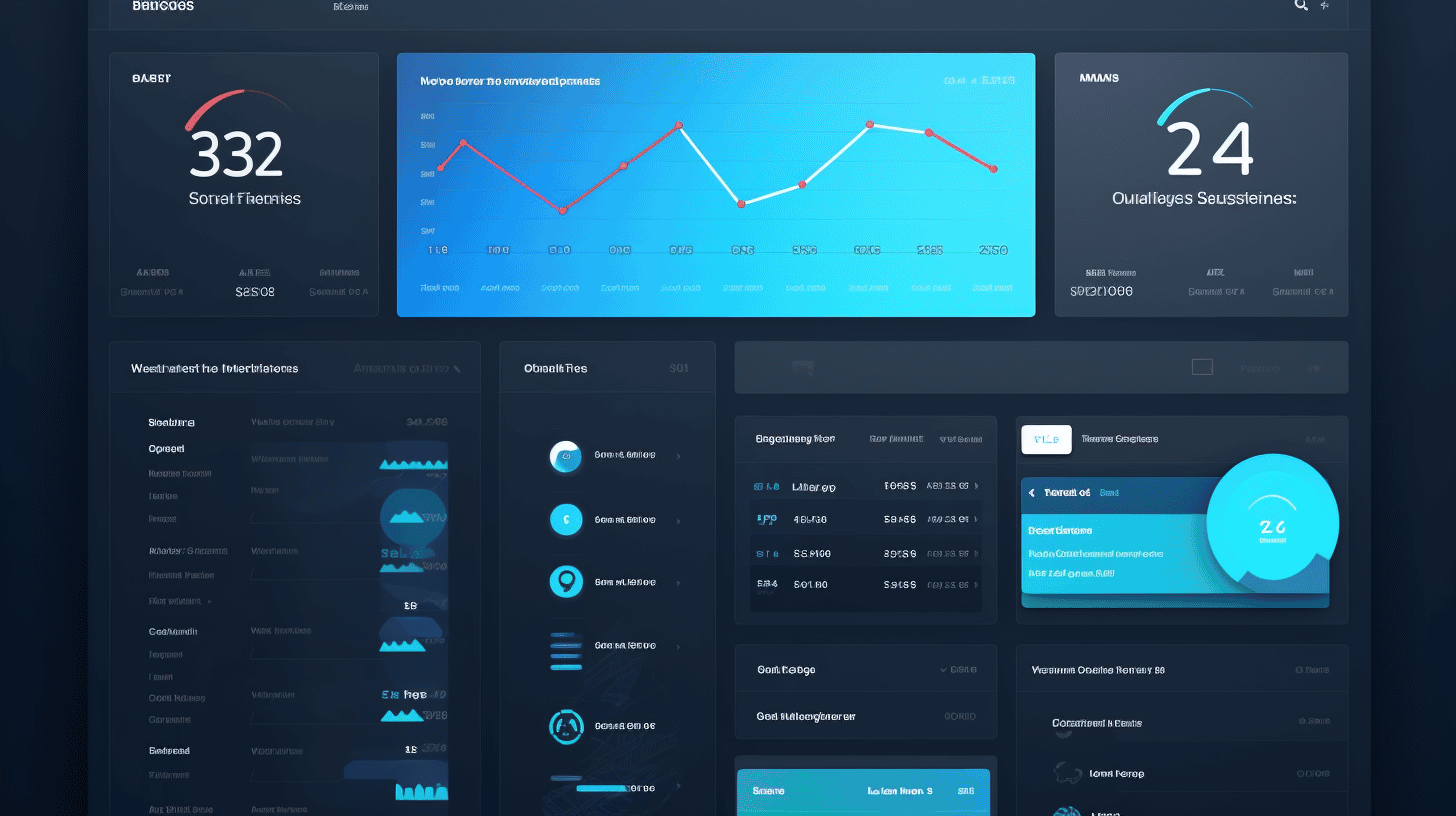在不断发展的数字环境中,WordPress 网站的安全性已成为企业和个人的首要任务。作为全球使用最广泛的内容管理系统 (CMS) 之一,WordPress 为 所有网站的 43%,使其成为网络攻击的主要目标。随着威胁日益复杂,了解可能危害 WordPress 网站的漏洞至关重要。
随着 2024 年的到来,WordPress 用户面临着新的和持续的安全挑战。从过时的插件到未修补的核心漏洞,风险是多方面的,而且始终存在。🚨 无论是小型博客还是大型电子商务网站,没有一个 WordPress 网站能够免受潜在漏洞的影响。本文深入探讨 2024 年最值得关注的漏洞,提供有关风险表现的见解以及降低风险的可行步骤。通过保持知情和主动性,WordPress 用户可以保护他们的网站并有效地保护他们的数字存在。🔒
2024 年 WordPress 漏洞概述
2024 年,WordPress 生态系统继续面临重大的安全挑战,漏洞对全球数百万个网站构成风险。今年,整个平台共发现 4,448 个漏洞,凸显了持续保持安全警惕的迫切需要。这些漏洞不仅仅是数字;它们是网络犯罪分子利用漏洞入侵网站、窃取数据或破坏服务的潜在切入点。
发现的漏洞总数
2024 年,WordPress 发现了惊人的 4,448 个漏洞,标志着该平台安全领域的一个令人担忧的趋势。其中,发现了 181 个新漏洞,其中 172 个在插件中,9 个在主题中。这些数据强调了定期更新插件和主题以降低风险的重要性。依赖过时或不受支持的软件的网站特别容易受到这些威胁。
⚠️ 专业提示: 及时更新最新补丁和安全更新至关重要。没有及时更新的网站往往很容易成为攻击目标。
漏洞分布
漏洞分布显示出一个清晰的模式:插件在所有新安全问题中占了压倒性的 97%,主题占 3%,而 WordPress 核心仅占 0.2%。这种不成比例的分布凸显了与第三方插件和主题相关的风险,这些插件和主题通常没有核心平台那么严格地测试。
🔍 洞察力: 虽然 WordPress 核心仍然相对安全,但对插件和主题的依赖会使网站面临更高的风险。网站所有者应优先使用值得信赖、维护良好的扩展程序,并定期审核其安装的插件。
未修补的漏洞
2024 年的一个重大问题是未修补漏洞的持续存在。在发现的 181 个新漏洞中,插件和主题中的 63 个漏洞仍未修补,导致网站面临持续威胁。这些未解决的漏洞提醒我们及时更新的重要性以及忽视网站安全的潜在后果。
🛠️ 采取行动: 实施稳健 网络安全最佳实践 可以帮助减轻这些风险。定期进行漏洞扫描、安全托管解决方案和遵守安全指南是保护 WordPress 网站的重要步骤。
总而言之,2024 年 WordPress 生态系统的漏洞状况凸显了主动安全措施的重要性。通过随时了解情况并采用最佳实践,网站所有者可以显著降低这些风险,并确保更安全的在线状态。
WordPress 中最常见的漏洞
尽管 WordPress 非常流行且用途广泛,但由于其广泛使用,经常成为恶意行为者的目标。了解最常见的漏洞可以帮助用户和开发人员实施更好的安全措施来保护他们的网站。🛡️ 以下是最普遍的威胁及其重要性。
跨站点脚本 (XSS)
跨站点脚本 (XSS) 是 WordPress 中报告最频繁的漏洞, 3,171 起 记录。当攻击者将恶意脚本注入用户查看的网页时,就会出现此问题,通常会窃取敏感信息或操纵网站行为。虽然 XSS 是一个重大问题,但可以通过验证和清理用户输入并实施强大的安全协议(如 云 WAF 保护.
跨站请求伪造 (CSRF)
CSRF 漏洞,总计 已报告病例 1,098 例,当攻击者诱骗用户在经过身份验证的网站上执行非预期操作时,就会发生这种情况。这可能导致未经授权的更改,例如更改帐户设置或提交表单。为了对抗 CSRF,开发人员应使用反 CSRF 令牌并确保敏感操作需要用户确认。
访问控制失效
访问控制中断是一个关键问题,代表 12.9% (767) WordPress 漏洞。当用户未经授权访问受限区域或功能时,就会发生这种情况,从而可能危及敏感数据。实施适当的用户角色管理和定期访问审核可以大大降低这种风险。
SQL 注入
虽然跨站点脚本攻击通常更受关注,但 SQL 注入仍然是更普遍的威胁。这些攻击利用数据库查询中的漏洞,允许攻击者访问、修改或删除数据。为了防止 SQL 注入,开发人员应使用准备好的语句、参数化查询,并定期更新插件和主题。
通过主动解决这些漏洞,WordPress 用户可以确保其网站保持安全并抵御常见威胁。利用以下工具 云 WAF 保护 可以提供额外的防御层,保护网站免受恶意活动的侵害。🔒
高风险漏洞及其影响
在不断发展的数字环境中,高风险漏洞对企业和个人都构成了重大威胁。软件或系统中的这些弱点可能被恶意行为者利用,导致数据泄露、财务损失和声誉受损。了解此类漏洞的细微差别对于实施强大的安全措施至关重要。
严重漏洞🤯
严重漏洞是最严重的漏洞类别,通常允许攻击者以最小的努力获得未经授权的访问或执行恶意代码。例如,最近在 真正简单的安全 插件影响了超过 400 万个 WordPress 网站,凸显了此类漏洞的广泛影响。组织必须优先识别和缓解这些漏洞,以防止灾难性后果。
需要立即采取行动的漏洞⚡
并非所有漏洞都是一样的,有些漏洞需要紧急关注。统计数据显示,新发现的漏洞中有 13.6% 属于高风险类别,需要立即采取行动。延迟响应可能会使系统暴露于攻击,因此企业必须采取主动措施 网络安全最佳实践 以防范潜在威胁。
公开披露的漏洞
公开披露漏洞可能是一把双刃剑。虽然它提高了人们的意识,但也为攻击者提供了利用未打补丁系统所需的信息。最近的数据表明,有 231 个漏洞被公开披露,134 个插件和主题有可用的安全补丁。这强调了及时应用更新以弥补安全漏洞并保护系统免受攻击的重要性。
通过了解高风险漏洞及其影响,组织可以更好地保护其数字资产并保持运营完整性。
安全漏洞及其原因
在日益数字化的世界里,在线平台的安全已变得至关重要。WordPress 是最广泛使用的内容管理系统之一,也不例外。它的受欢迎程度使其成为网络犯罪分子的首要目标,了解这些漏洞的根本原因对于保护在线资产至关重要。
违规频率
WordPress 网站上的安全漏洞发生频率令人担忧。研究表明 72% 的受访者报告过至少一次违规行为 在他们的 WordPress 平台上。这一统计数据强调了对强大安全措施的迫切需求。WordPress 用户必须保持警惕,因为网络威胁在复杂性和规模上不断发展。
插件漏洞在违规行为中的作用
插件是 WordPress 漏洞的一个重要因素。 已报告的安全问题数为 52% 可以追溯到这些附加组件中的漏洞。虽然插件可以增强功能,但如果维护不当,它们也会带来风险。对于网站管理员来说,确保插件定期更新并从信誉良好的开发人员那里获取插件至关重要,以最大限度地减少潜在的漏洞。
暴力攻击💥
在众多威胁中,暴力攻击尤为常见。这些攻击涉及通过猜测登录凭据反复尝试获取访问权限。由于 WordPress 网站使用广泛,因此经常成为攻击目标。实施以下措施 云 WAF 保护 可以显著降低此类攻击的风险,提供针对未经授权访问的额外防御层。
了解这些原因是降低风险的第一步。通过解决漏洞并采用主动安全策略,WordPress 用户可以更好地保护其网站免受无处不在的网络攻击威胁。🔐
如何保护你的 WordPress 网站
WordPress 为全球超过 40% 的网站提供支持,是网络攻击的主要目标,面临约 每日 12 万次攻击 截至 2024 年。虽然这些数字似乎令人望而生畏,但只要采取正确的策略,保护 WordPress 网站是完全可以实现的。通过实施强大的安全措施,用户可以保护他们的在线状态并确保他们的网站能够抵御威胁。
保持 WordPress 核心、主题和插件更新🛠️
保护 WordPress 网站最有效的方法之一是确保其核心、主题和插件始终更新。过时的软件是攻击者的常见切入点, WordPress 漏洞之 90% 源于插件。开发人员经常发布更新来修补安全漏洞、增强性能并引入新功能。忽略这些更新可能会让网站暴露在攻击之下。自动更新或定期检查新版本可以显著降低这种风险。
此外,删除未使用的插件和主题可最大限度地减少攻击面,进一步加强网站的安全性。
使用强身份验证措施
薄弱的身份验证做法是导致 WordPress 漏洞的重要原因。 58.86% 漏洞 2024 年发生的攻击无需身份验证,凸显了强健登录措施的重要性。实施强密码、双因素身份验证 (2FA) 和限制登录尝试次数可以阻止未经授权的访问。
对于管理多个用户的组织,基于角色的访问控制可确保只有授权人员才能访问网站的关键区域。密码管理器等工具也有助于安全地生成和存储复杂密码。
定期安全审核和备份
主动监控对于维护安全的 WordPress 网站至关重要。定期进行安全审核有助于识别漏洞、错误配置或可疑活动。Wordfence 或 Sucuri 等插件可以自动执行此过程,提供实时警报和可操作的见解。
同样重要的是保持 定期备份。如果发生违规行为,备份可实现快速恢复,最大限度地减少停机时间和数据丢失。将备份存储在安全的异地位置可确保它们不受网站入侵的影响。
监控未修补的漏洞🚨
即使进行了更新和审核,未修补的漏洞也可能构成威胁。监控平台 WordPress 漏洞数据库 或安全插件可以提醒用户他们安装的插件或主题中新发现的漏洞。及时解决这些问题可以减少攻击者的机会。
对于寻求增强安全性的组织,迁移到 无头 WordPress 安全 架构可以将前端与后端隔离,降低对 WordPress 核心直接攻击的风险。
通过结合这些策略(定期更新、强身份验证、审核、备份和漏洞监控),WordPress 网站可以在日益恶劣的数字环境中保持安全和弹性。立即采取主动措施可确保任何使用 WordPress 的网站高枕无忧并获得长期成功。
结论
保护 WordPress 网站不只是一次性任务,而是一项持续的承诺。通过保持警惕并及时解决漏洞,网站所有者可以显著降低违规风险。对于那些寻求无忧解决方案的人来说, 管理 WordPress 主机 像 Managed-WP.™ 这样的平台可确保专家处理核心更新、安全补丁和主动监控,让用户安心地专注于他们的数字体验。今天的主动措施可以防止明天代价高昂的中断。🔒
常见问题
- 2024 年 WordPress 网站中最值得警惕的漏洞有哪些?
2024 年,需要注意的最大漏洞包括过时的插件和主题、弱密码、SQL 注入攻击、跨站点脚本 (XSS) 和不安全的文件权限。
- 如何确保我的 WordPress 网站是安全的?
为了确保您的 WordPress 网站安全,请定期更新插件、主题和 WordPress 核心,使用强密码和双因素身份验证,安装可靠的安全插件并定期备份。
- 使用过时的插件和主题有哪些风险?
使用过时的插件和主题可能会使您的网站面临安全漏洞,因为黑客经常利用旧版本中已知的漏洞。这可能会导致数据泄露、恶意软件感染,甚至整个网站被接管。
- 安全插件可以保护我的 WordPress 网站免受所有威胁吗?
虽然安全插件可以显著增强您网站的保护,但它不能保证完全安全。它应该与其他最佳实践结合使用,如定期更新、强密码和安全托管。
- 如果我的 WordPress 网站被黑客入侵,我该怎么办?
如果您的 WordPress 网站遭到黑客攻击,请立即更改所有密码,使用安全插件扫描网站中的恶意软件,恢复干净的备份,并在必要时寻求专业帮助。还应加强预防措施,以避免将来再次受到攻击。



















